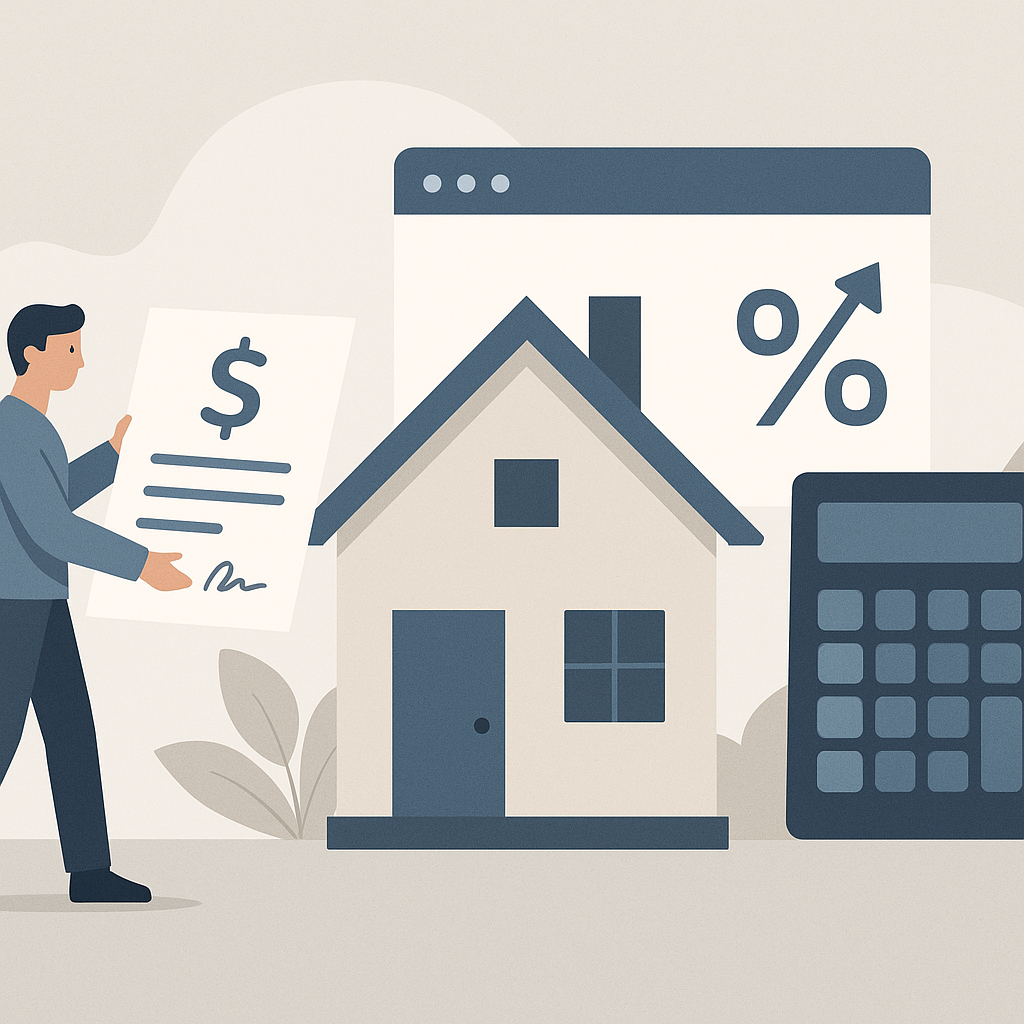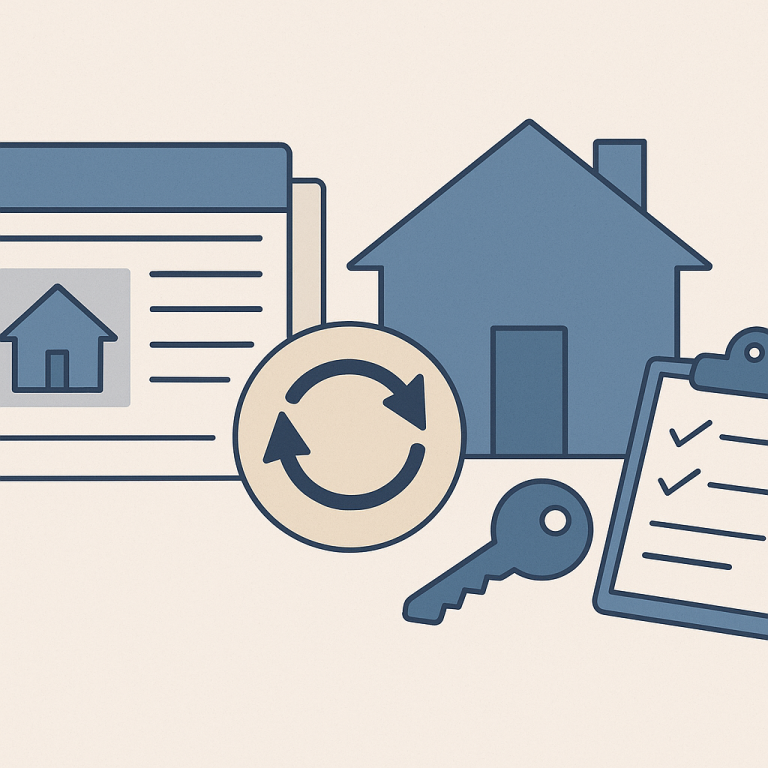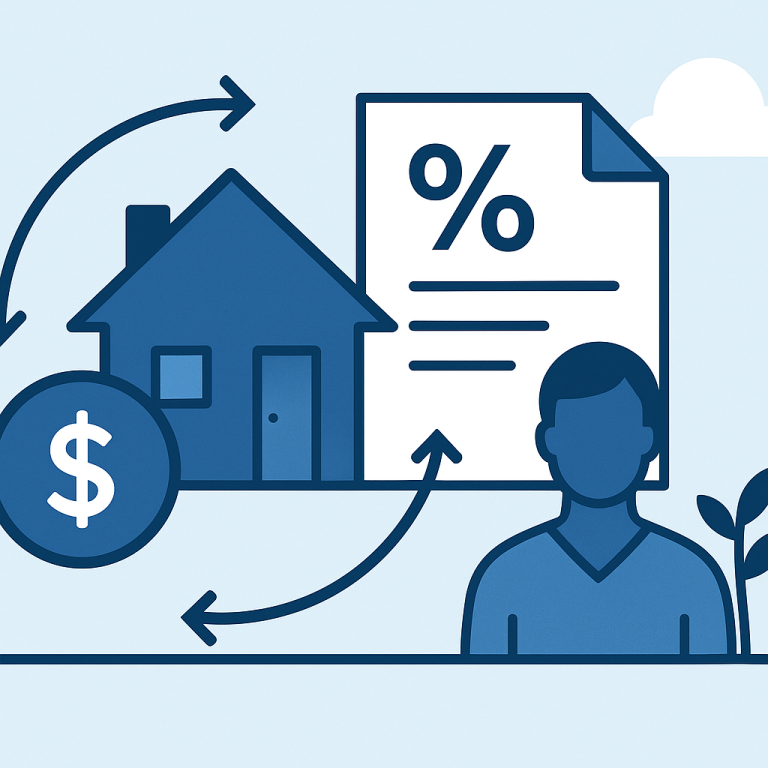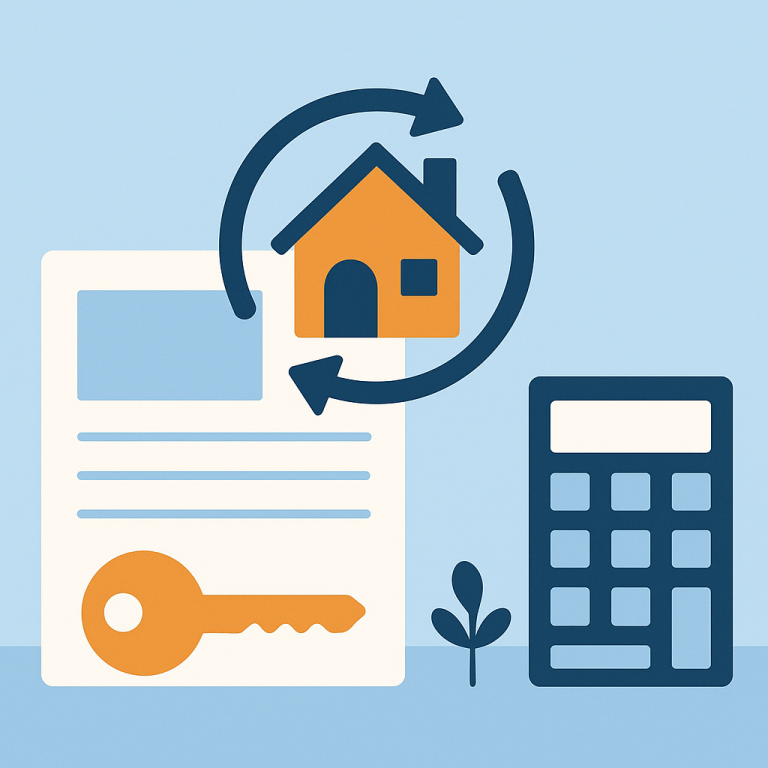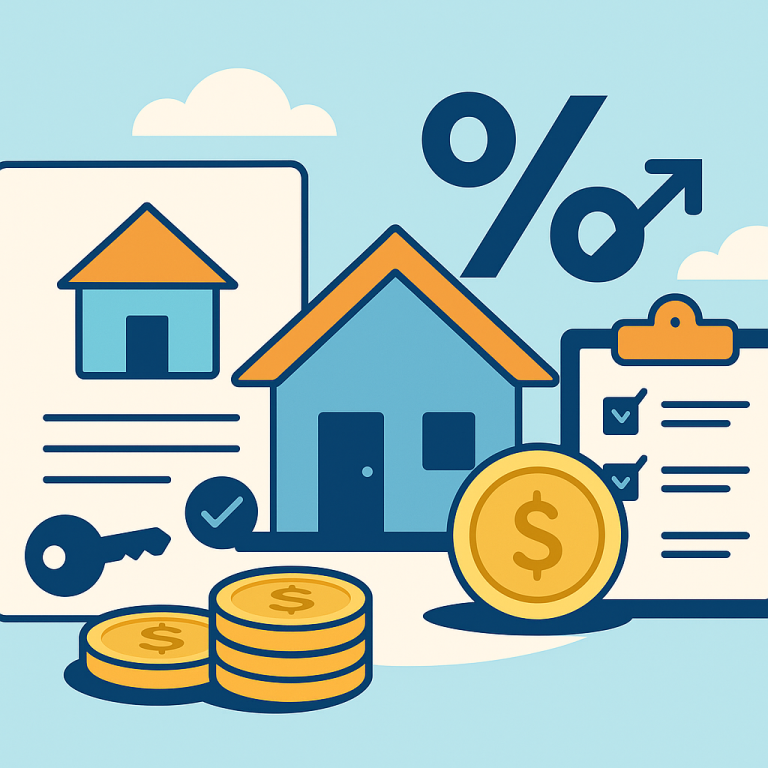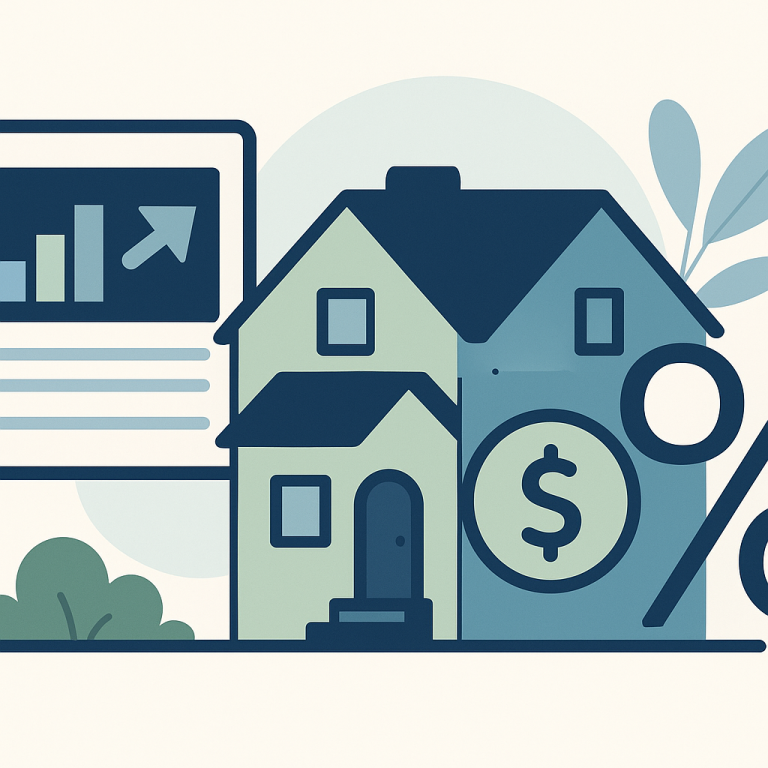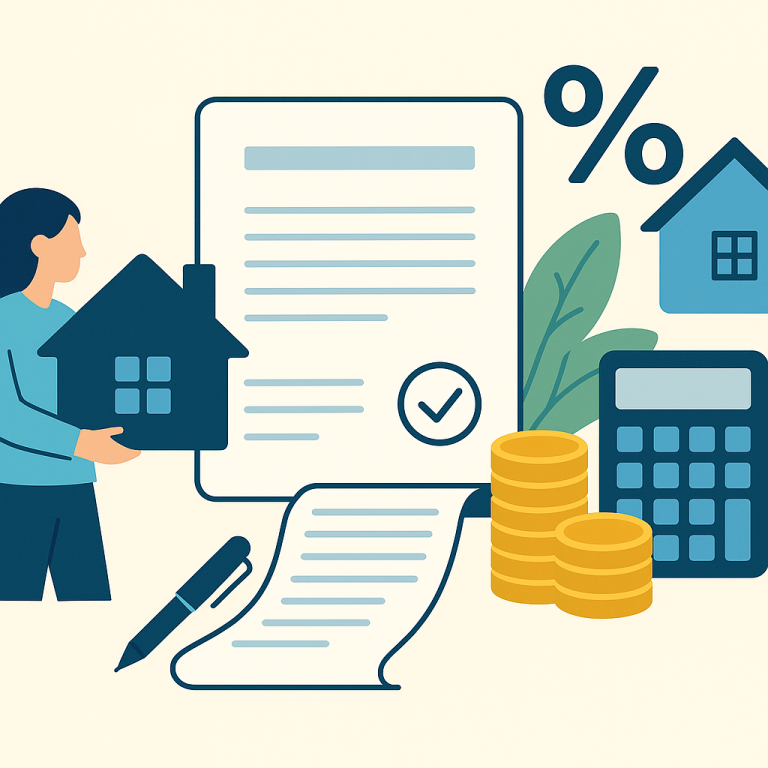30-Year Refinance Rates Drop To 3.62% After Fed Signals Pause
At a glance: The latest mortgage rate drop and how it could affect refinancing decisions.
Mortgage rates have moved lower. That can improve affordability and may reopen refinance options for borrowers whose current rate is above today’s quotes.
What the Rate Drop Means for Borrowers
Mortgage refinancing has entered a more selective phase as recent rate volatility and lender repricing have narrowed the pool of homeowners who stand to benefit. Rather than a broad rush to refinance, activity is concentrated among borrowers with substantial equity, strong credit, or specific goals such as shortening loan terms or eliminating mortgage insurance.
Industry observers note that program availability and pricing now vary more by lender and borrower profile than in the early years of the housing cycle. Some lenders have tightened overlays and raised fees, while others are marketing niche products to attract qualified applicants. The result is a market where timely comparison shopping and careful cost analysis matter more than ever.
Two refinancing strategies are appearing most frequently. Rate‑and‑term refinances — where borrowers replace an existing mortgage to secure a lower rate or a shorter term — remain attractive for those who can achieve a meaningful monthly savings after accounting for closing costs. Cash‑out refinances, by contrast, have become less common for general-purpose spending because higher costs and conservative lender underwriting reduce the pool of viable candidates. Homeowners primarily motivated by debt consolidation or home improvements may find alternative products such as home equity lines of credit to be more cost-effective in some cases.
Closing costs and break‑even timing are again central to refinancing decisions. Because upfront fees can counteract monthly savings, homeowners must evaluate the time horizon for their mortgage plans. Those expecting to remain in the same property for a long period are more likely to justify refinancing expenses; short‑term occupants may not.
Mortgage underwriting is also placing more weight on loan-to-value ratios and documentation. Borrowers with sizable equity and clean credit histories typically receive the most competitive terms. Conversely, owners with limited equity, recent credit events, or nonstandard income situations may face higher rates or additional requirements, making refinance benefits harder to achieve.
What Homeowners Should Do Now
- Calculate a realistic break‑even point before pursuing offers: include all closing costs and adjust for any unpaid interest or prepayment penalties on the existing loan.
- Gather multiple written quotes from lenders and compare annual percentage rates, total closing costs, and any lender credits that affect net cost.
- Assess goals clearly — lowering monthly payment, reducing interest over the life of the loan, removing mortgage insurance, or accessing equity — and prioritize the strategy that matches your timeframe.
- Consider term changes carefully: moving to a shorter term can increase monthly payments while delivering long‑term savings; extending a term lowers payments but increases interest paid overall.
- Keep documentation organized and review credit reports in advance; small errors or surprises can delay approval or increase cost.
- Explore alternatives such as HELOCs or second liens if the aim is limited cash access and the current mortgage would not be improved by a full refinance.
In the current environment, refinancing is less of a one-size-fits-all solution and more of a targeted financial move. Homeowners who approach the decision with clear objectives, careful cost-benefit analysis, and multiple lender comparisons are best positioned to capture value. Those without sufficient equity or a long enough time horizon should weigh alternatives or wait for more favorable conditions.
META: refinancing, mortgage rates, homeowner takeaways, break-even analysis, equity, loan term considerations

